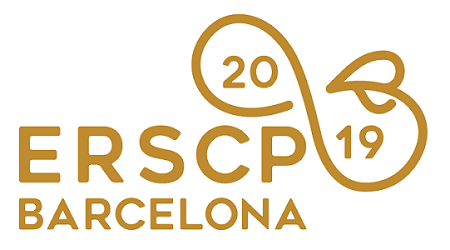Papers Proceedings »
Sustainable business model mechanisms in the chocolate industry
Sustainable and Circular Business Models (SBM and CBM) have recently been described in literature as tools to fundamentally transform businesses’ contributions towards sustainability and circularity. No research conducted so far has used SBM theory to observe the chocolate industry. Literature states CSR-practices, such as certification and company programmes often implemented by large companies, have their limits. Smaller companies face their own specific challenges, such as lack of resources, when it comes to implementing sustainability. This research pursues the gap in literature concerning the application of theory on Sustainable and Circular Business Models on the chocolate industry. It is based on Bocken et al’s description of eight archetypes of SBM and assesses and compares which of the therein described mechanisms the three above described business types (conventional business, ‘sustainable business model’ and bean-to-bar business) apply. Methodologically, this exploratory and qualitative research was conducted as a multiple case study. The studied cases are: Mars and Barry Callebaut for conventional businesses; Krak Chocolade for bean-to-bar businesses and Tony’s Chocolonely’s for sustainable business models. It quickly became apparent that in practice there is an overlap between bean-to-bar businesses and sustainable business models. A separate category, ‘mixed business models’, was defined to include businesses that fulfil both bean-to-bar and sustainable business model criteria. Original Beans and Rokbar are the cases studied for this fourth category. Overall, this research agrees with how literature describes small (here bean-to-bar) businesses’ restrictions and advantages in their implementation of sustainability mechanisms. Also on a sustainability mechanism-level, the differences between conventional businesses and sustainable business models are more limited than expected and a focus on sustainability mechanisms of the same archetypes is observable. Moreover, sustainability mechanisms and CSR-practices overlap. Crucial differences however are observable on a business model level. A key way to distinguish the business types is firstly by whether they sell chocolate to realise sustainability ambitions or whether they work on sustainability to keep selling chocolate. Secondly, the place and integration of sustainability in the business model differs across the business types. Based on these findings, the author concludes with a matrix and a proposal for a rearrangement of the business model elements to better serve the purpose of visualising sustainability in different types of business models. This presentation is of particular interest to those with an interest in building on sustainable business model theory to improve the implementation of sustainability mechanisms in industry.
